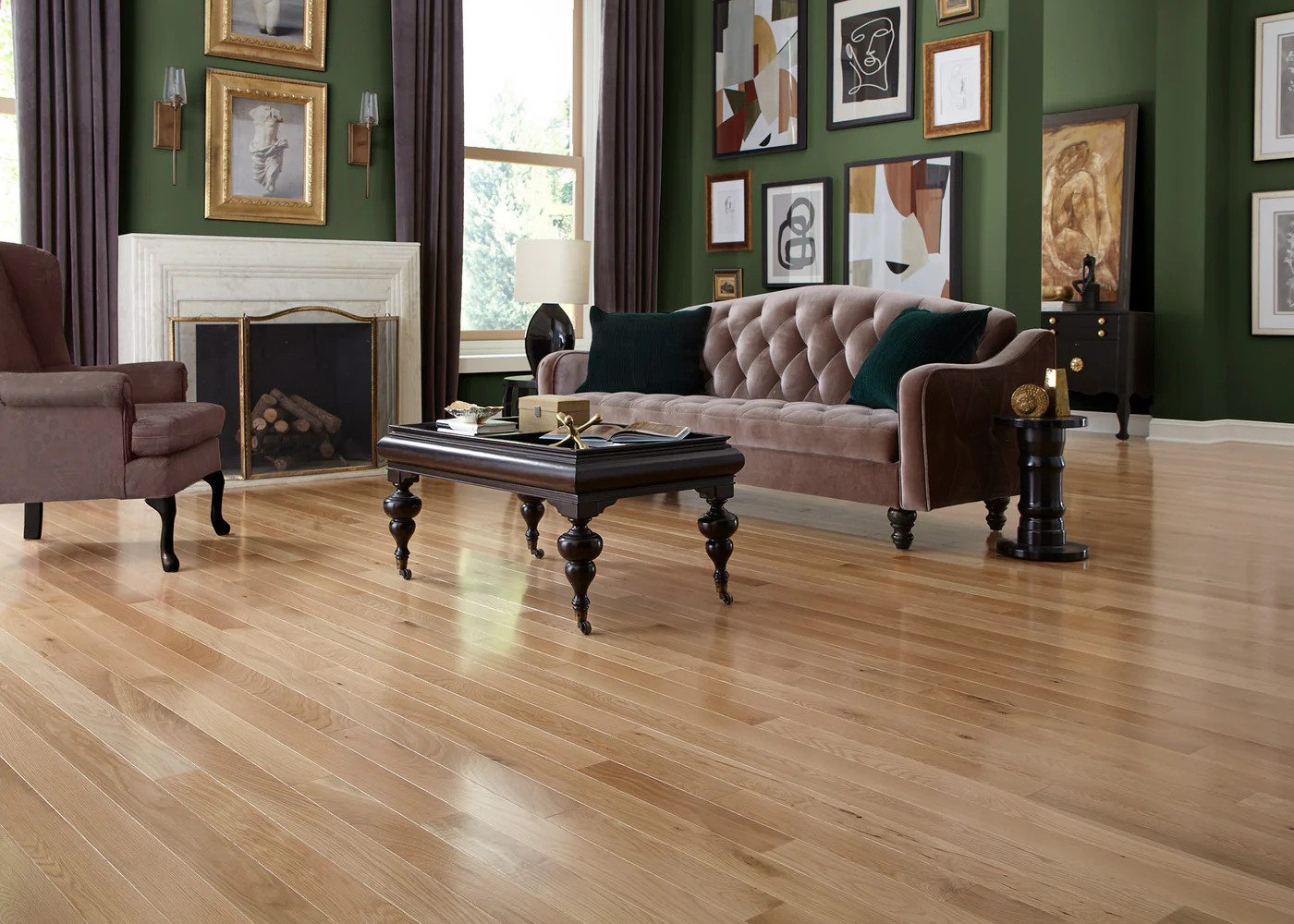Timber framing is one of the oldest building techniques in the world, yet it continues to thrive today. This method uses large wooden beams joined with carefully crafted joints instead of nails or metal fasteners. In places like Washington, timber framing is not only a nod to tradition but also an eco-friendly and durable building choice.
What Is Timber Framing?
Unlike conventional wood framing that relies on many smaller pieces of lumber nailed together, timber framing emphasizes strength and aesthetics. Beams are cut to fit together using mortise-and-tenon joints, secured with wooden pegs. The result is a skeleton of exposed timber that becomes a visual feature of the building.
Advantages of Timber Framing
- Strength and Durability: Timber-framed structures can last for centuries.
- Sustainability: Large timbers often come from responsibly managed forests, reducing waste.
- Design Appeal: Exposed beams add rustic charm and architectural character.
- Open Spaces: The strength of the beams allows for wide, open interior layouts without many load-bearing walls.
Modern Uses
Today, timber framing is used in custom homes, barns, lodges, and even commercial spaces. Advances in tools and sustainable forestry make it easier than ever to blend traditional craftsmanship with modern architectural styles.
Conclusion
For homeowners in Washington and beyond, timber framing represents more than just a construction technique—it’s a way to build sustainably, honor tradition, and create beautiful, long-lasting spaces.
Related Posts:
Schedule a free visit today.
We will visit your space to better understand your needs and we will send you a quote for your project for free.





